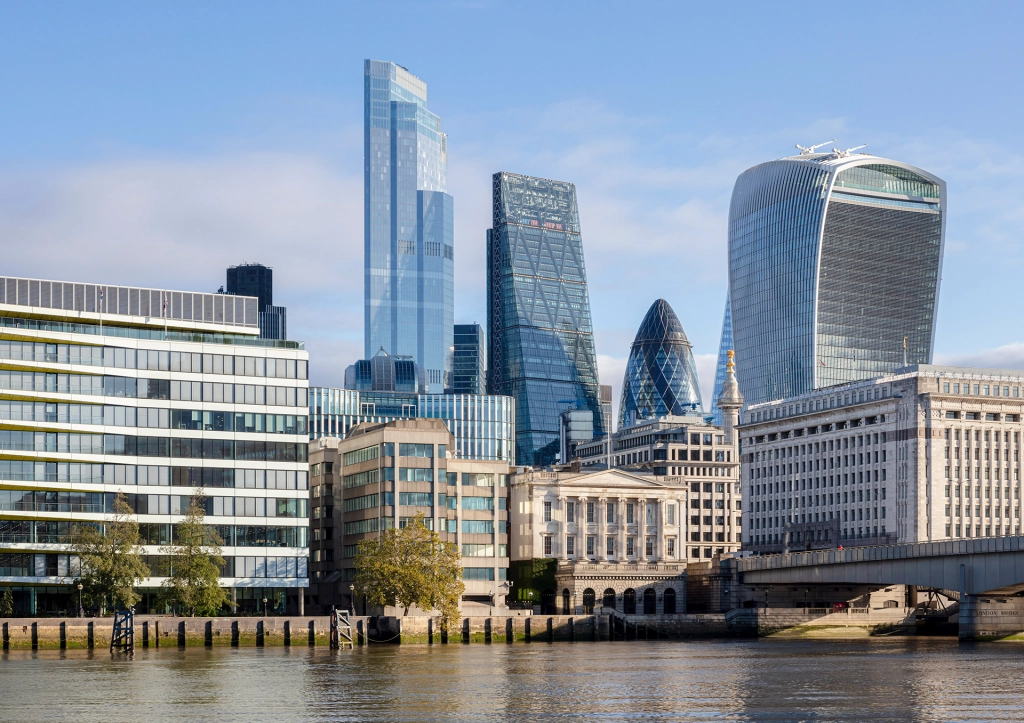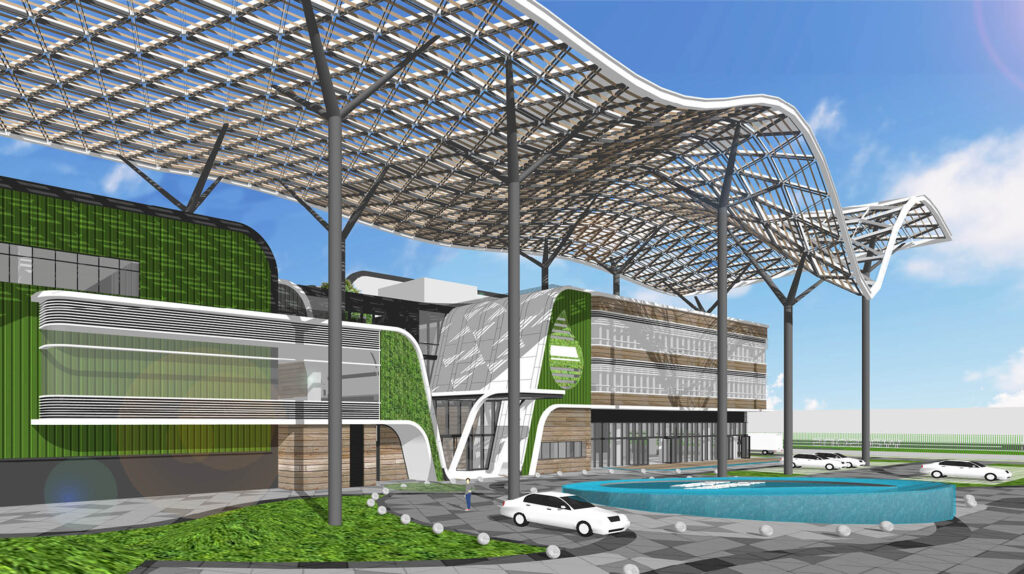In an era of climate urgency, the UK’s construction and property development sectors are under increasing pressure to embrace sustainability. With rising energy costs, stricter government regulations, and growing consumer demand for green living, sustainable design is no longer optional—it’s essential.
As we move through 2025 and beyond, developers must integrate forward-thinking, sustainable strategies into every stage of the building lifecycle. This blog explores the top sustainable design strategies for UK developers to adopt and lead the charge toward a greener built environment.
Prioritise Passive Design Principles
Passive design reduces energy consumption by harnessing natural elements such as sunlight, wind, and thermal mass. Key approaches include:
- Optimal orientation to maximize daylight and solar gain in winter
- Natural ventilation and airflow strategies
- High-performance insulation to reduce heat loss
- Shading systems to prevent summer overheating
These techniques lower energy demands while improving occupant comfort—key in both residential and commercial developments.
2. Use Low-Carbon, Locally Sourced Materials
Reducing embodied carbon is vital for a sustainable future. In 2025, many UK developers are shifting to materials that are:
Recycled or recyclable (e.g. reclaimed brick, recycled steel)
Sourced locally to cut transportation emissions
Certified sustainable, such as FSC-certified timber
Bio-based, like hempcrete and cross-laminated timber (CLT)
Material passports and Environmental Product Declarations (EPDs) are becoming standard tools for transparency.
3. Retrofit and Reuse Existing Structures
Instead of demolishing older buildings, developers are increasingly retrofitting to preserve embodied energy and reduce construction waste. Strategies include:
Upgrading building envelopes with insulation and air-tightness
Installing high-efficiency systems for heating, cooling, and lighting
Adaptive reuse—repurposing industrial or historic structures into residential or mixed-use developments
4. Integrate Renewable Energy Systems
A key trend in 2025 is decentralised energy production. Developers are embedding:
- Solar panels integrated into roofs and façades
- Air-source and ground-source heat pumps
- Solar thermal systems for hot water
- Battery storage for off-grid and backup power solutions
These systems reduce carbon emissions and future-proof buildings against rising energy prices.
5. Plan for Biodiversity and Green Infrastructure
Environmental sustainability goes beyond carbon. Developers must also enhance biodiversity and wellbeing by:
- Preserving natural habitats during site planning
- Green roofs and living walls to support flora and fauna
- Permeable paving and rain gardens for water management
- Community green spaces to promote mental health and social interaction
New Biodiversity Net Gain (BNG) laws make this a legal requirement for UK developments from 2024 onwards.
Conclusion: Sustainability is the New Standard
UK developers in 2025 are at the forefront of a transformative era. Sustainable design isn’t a trend—it’s a mandate for resilient, profitable, and responsible development. By embedding sustainability from concept to construction and beyond, developers can future-proof their projects, enhance brand reputation, and contribute to a healthier planet.
Ready to future-proof your development strategy?
Let sustainability lead your next project—and make a lasting impact


